This summer, the United States will conduct marine railgun tests
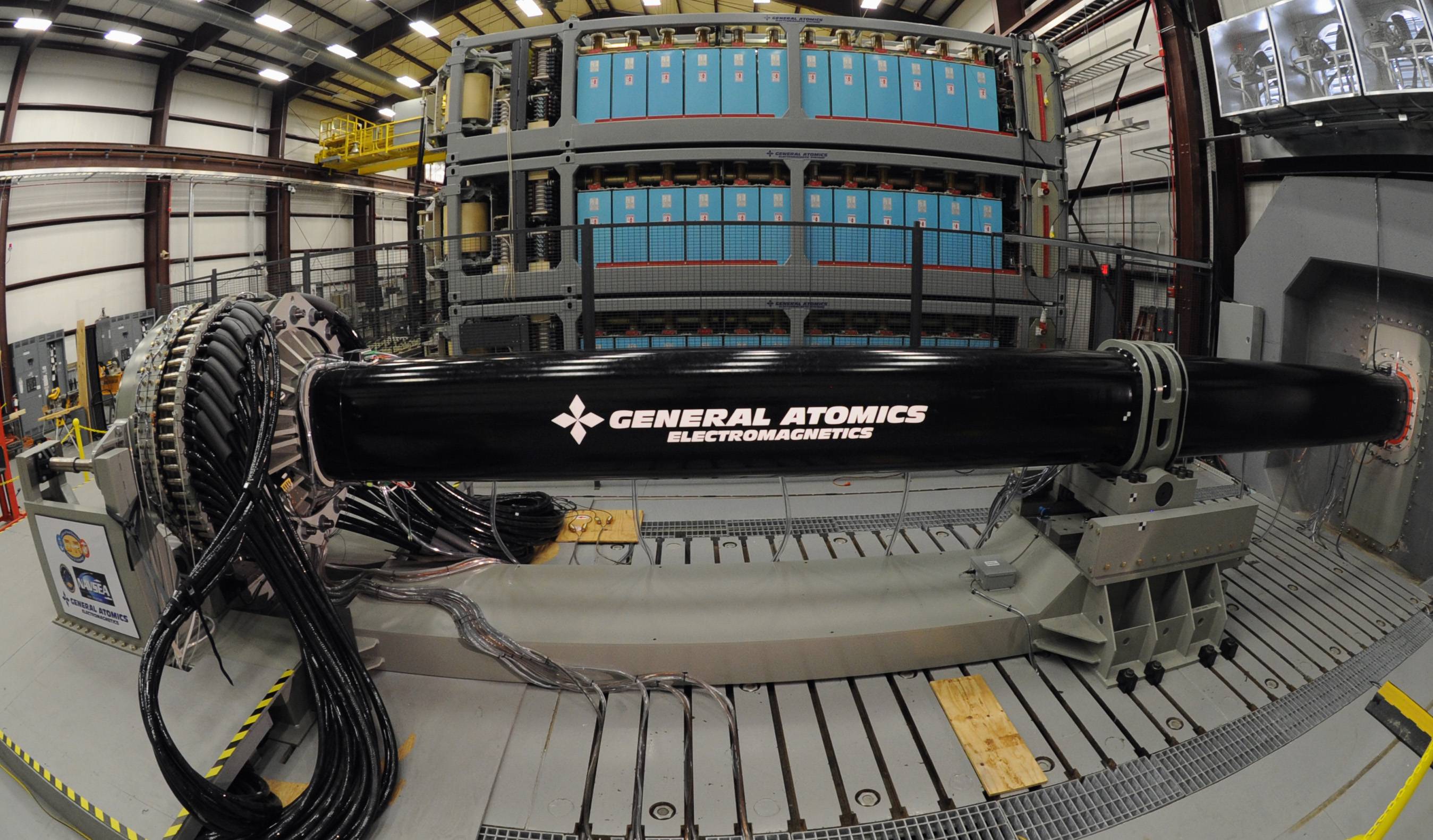
Railgun is the weapon of the future, favored by many science fiction writers and game designers, and the development of technology allowed creating a working prototype several years ago. So far, there is no talk of mobility and energy efficiency, and the real railgun looks more like an artillery gun than a compact gun of the future in the hands of a soldier.
On Hiktayms about railgun already written several times (and two ). Supports the development of the US Navy and therefore the first tests will be conducted on the basis of ships.
')
The modern model of the railgun is extremely massive, and, although the gun can be installed on the ground, for its power supply you will need a whole maintenance complex, which reduces the mobility of the installation to almost zero. The second problem is providing the instrument with energy. For all these reasons, using the railgun on ships seems to be the best solution: they can have a powerful enough power plant to power it. At the same time, the tool provides the necessary mobility.
Based on early prototypes demonstrated to the public through video recordings, railguns from the sample of the beginning of the 2010s could only be used as offensive weapons. The main argument for this was the low accuracy of the gun and the lack of stabilization of the projectile, since the fire was fired with ordinary metal bars.

Video screenshot
However, the fact that as early as 2014, in an interview with CBS television channel, the head of scientific research of the navy, Rear Admiral Matthew Klander, escaped from many, he demonstrated to journalists a design that ensures the stability of the projectile's flight.
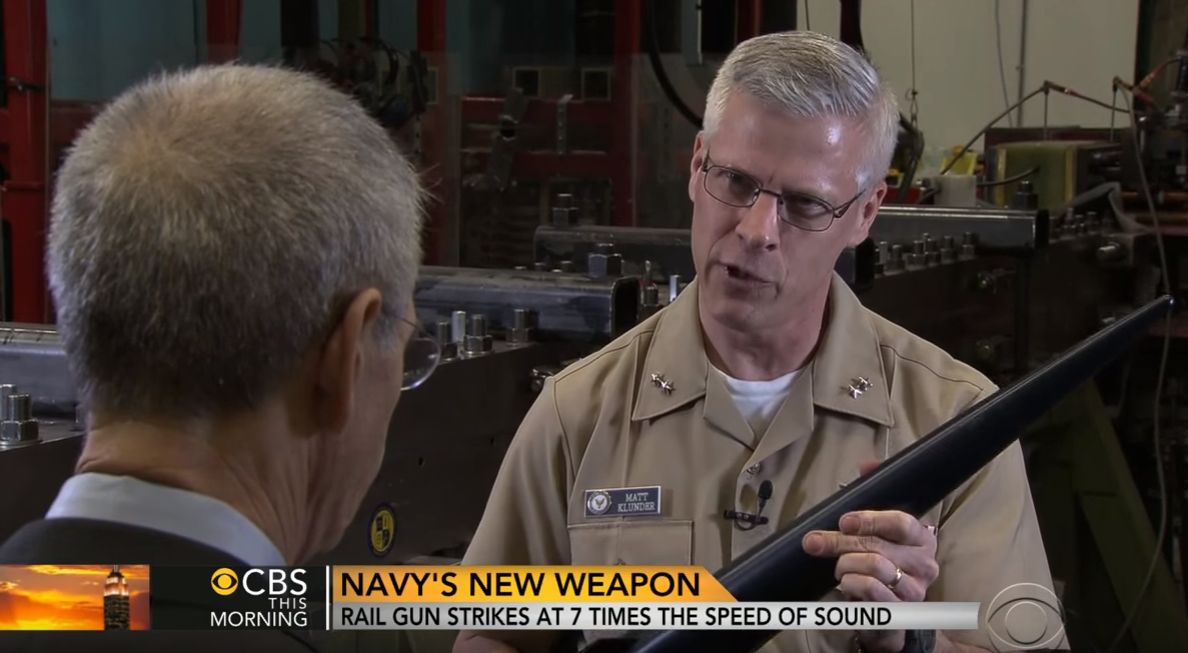
Rear Admiral Matthew Klander with a railgun shell in his hands, like a rocket
But, since the shapeless disc looks much futuristic, the fact of the existence of a projectile in the form of a small media rocket has not been replicated.
This implies the following fact: now the Navy actively declares that the main task that the current railgun is facing is defensive in nature. This development is considered, first of all, as a new generation of missile defense and air defense systems (where high precision is needed), and not as offensive weapons.
The basis of the principle of the railgun is the use of Lorentz force . For this, the projectile is fixed between two rails, which accelerate it to speeds of 4-5 max and higher (up to 12). But, since the “rocket” cannot ensure full contact with the rails, plus everything can be deformed due to the high load and heat, US Navy design engineers prefer to use a metal casing, which, after exiting the gun barrel, is “dropped” .

Schematic representation of the principle of action
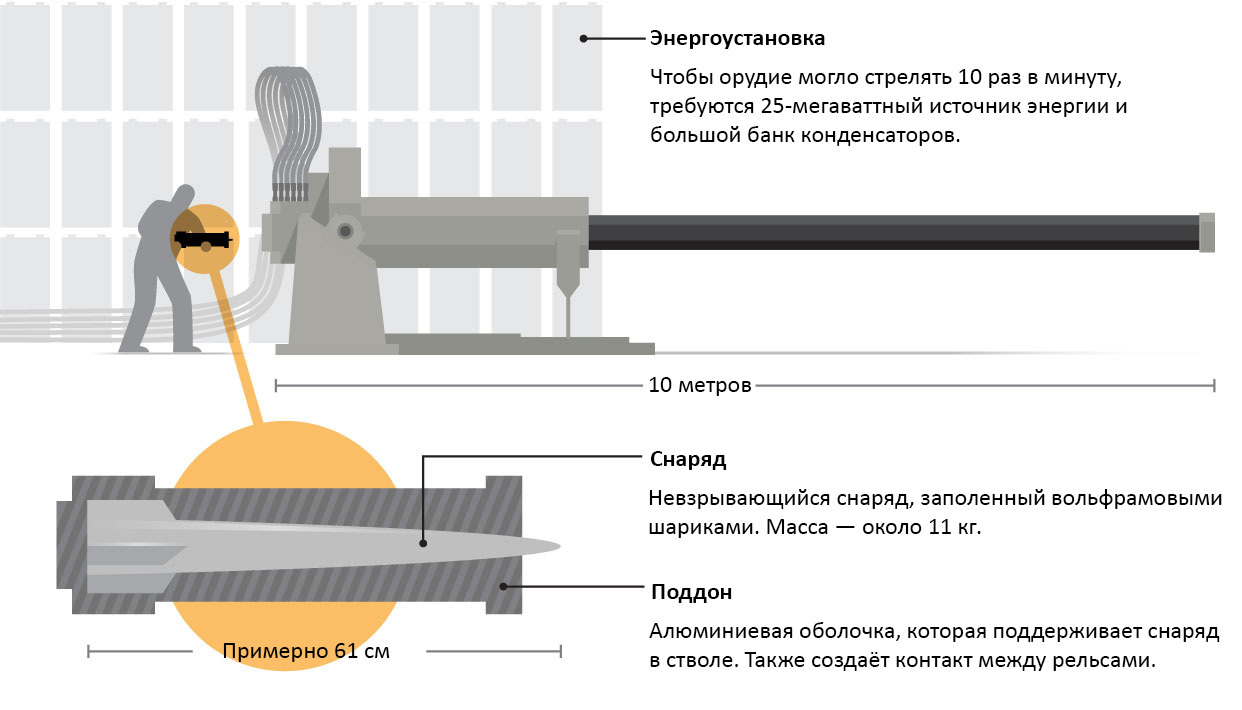
Scheme of railgun and projectile
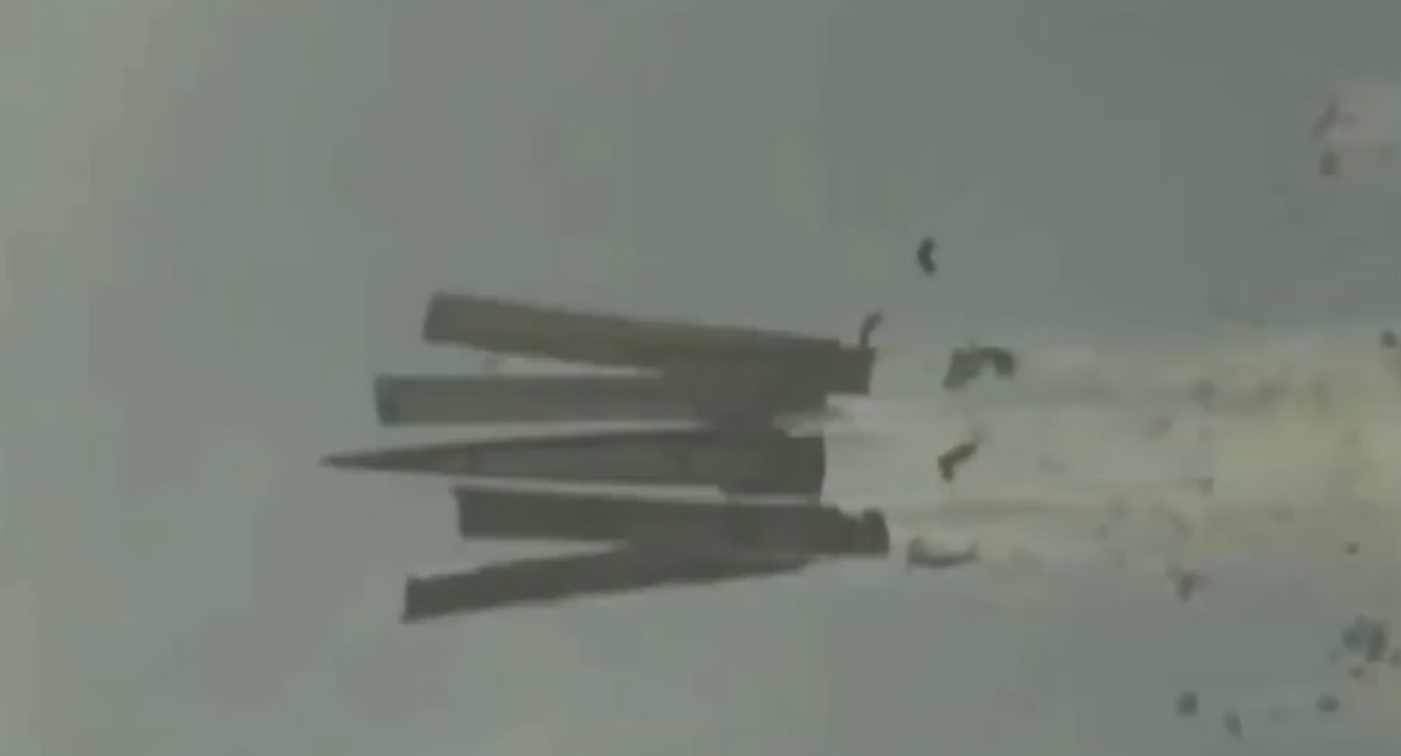
Shot from video WSJ (1:28), the moment of the release of the projectile from the barrel of the gun
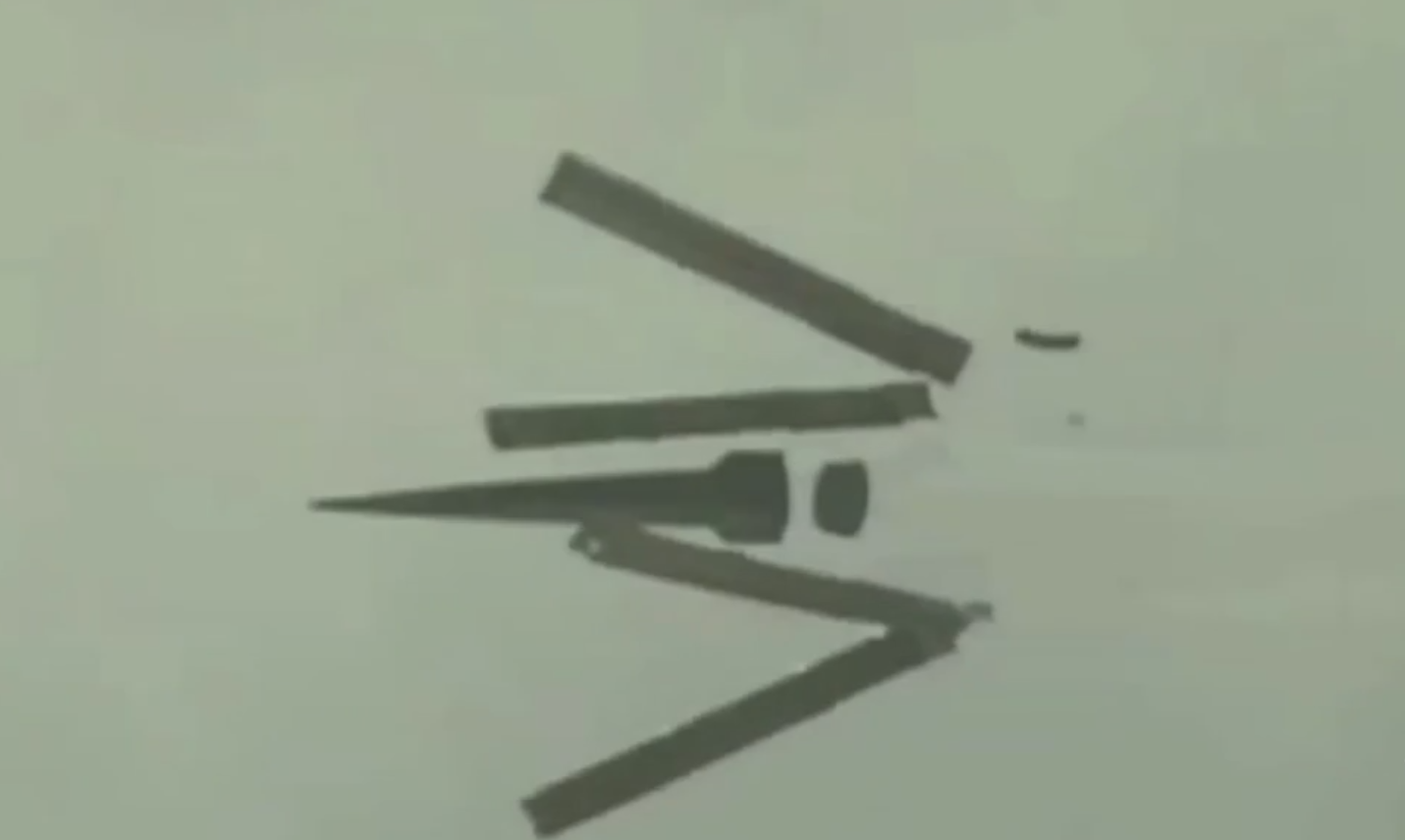
Almost complete casing reset, (~ 1: 30)
Attempts to adapt the railgun to the tasks of air defense stem from the US military doctrine and low operating cost: the tungsten railgun costs the US treasury in the amount of 25 to 50 thousand US dollars, as one interceptor missile now costs about $ 10 million. The scientists also managed to solve rail wear problem The development of the railgun was started back in the 80s under Reagan, however, the technologies of that time did not allow creating sufficiently wear-resistant material: after only one shot, the rails became unusable and needed to be replaced. Now, according to the assurances of scientists, the barrel of the gun they created has a resource of up to 1000 shots.
Also, the military does not deny the huge offensive potential of new weapons. Engineers have already tested retrofitting existing artillery for a railgun, which showed impressive results: the range of a 6-inch (approximately 152-mm) railgun projectile howitzer is 61 kilometers versus 24 kilometers for an ordinary one.
Source: https://habr.com/ru/post/394523/
All Articles